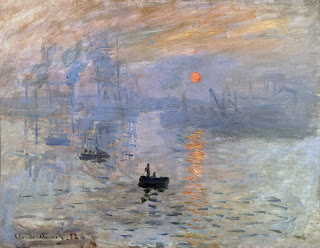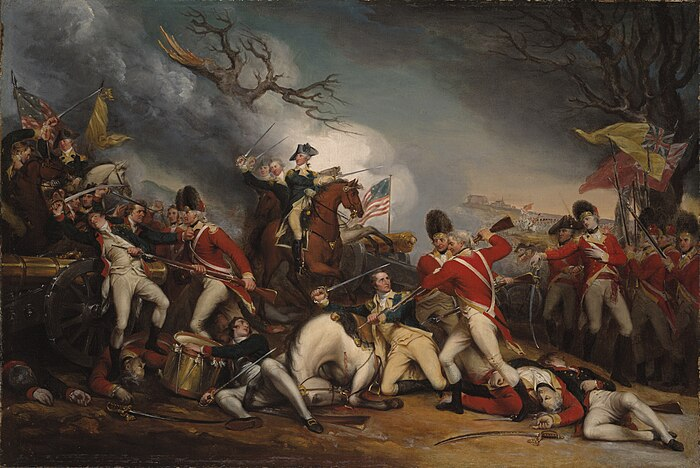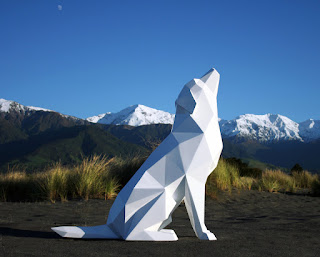Non-Western Art (South Koren Art pre war vs post war)

I chose to do my exhibit as a comparison of pre and post-war Korean Art. I find it interesting how easily Western countries can influence things in other countries while Western influence has no effect on other things. Pre-war Korean art was heavily influenced by Japanese art. As you can see in Calla by Lee In-sung in 1932 pictured above. In this oil painting, you can see the vibrant use of color that has a sort of hazy-like feature with some of the blurred and shaded lines. Pictured below we have some of the Goguryeo Murals. At first glance at some of these murals, you may see Japanese emperors and Samurai but these are located in a tomb in Northern Korea during a prosperous Korean time period Post-War Korean Art (Minjung Art or the People's Art Movement of the 1970s & 80s) This art movement was brought on by an impending uprising of the people looking to bring democracy to South Korea. Later on in the 80s came to be a founded art group called Reality and Utterance. A



